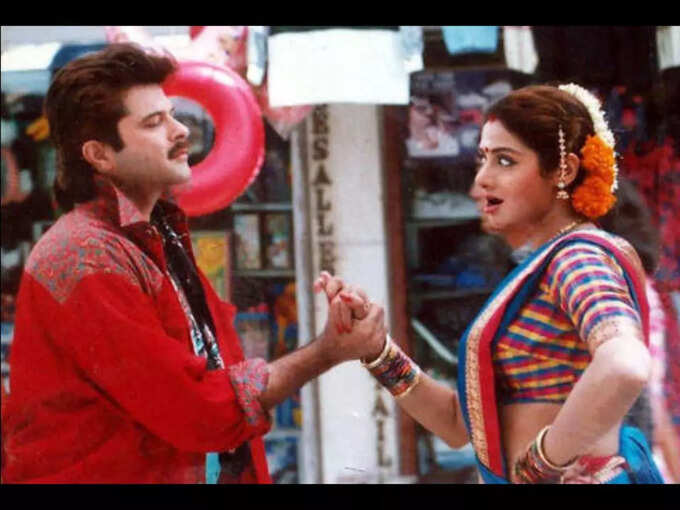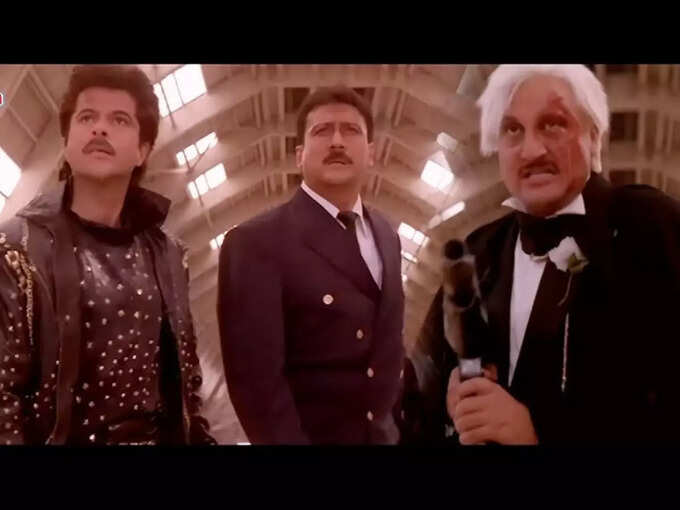Bollywood has seen its share of iconic movies, but there have also been costly failures. One such film was Roop Ki Rani Choron Ka Raja, a big-budget Bollywood film that ended up as one of the industry’s most famous flops. Released in 1993 and starring Anil Kapoor and Sridevi, this movie left a lasting impact on producer Boney Kapoor and director Satish Kaushik, who both faced tremendous challenges after its failure.
A Grand Vision That Turned Costly
After the success of Mr. India in 1987, Boney Kapoor, one of Bollywood’s most respected producers, aimed to create another blockbuster. He cast Anil Kapoor and Sridevi once again, planning a large-scale production inspired by the Hollywood movie The Duchess and the Dirtwater Fox. However, things quickly became complicated as the movie’s budget began to escalate. Originally slated to be released within a few years, the film took six long years to finally hit the screens, with its production costs reaching a staggering ₹9 crore—a record-breaking budget for that time.
A Troubled Production Journey
The original director, Shekhar Kapur, began shooting the film but left midway, citing dissatisfaction with the storyline. Satish Kaushik stepped in to finish the movie, but the challenges continued. The movie’s plot, a mix of romance and adventure, failed to resonate with the audience. The long runtime and forgettable songs also contributed to its underwhelming response at the box office.
When Roop Ki Rani Choron Ka Raja was finally released in 1993, it only managed to collect ₹3 crore—a significant loss compared to the investment. This failure left Boney Kapoor in financial trouble, reportedly forcing him to sell properties to recover from the debts the movie had incurred.

Satish Kaushik’s Emotional Struggle
Satish Kaushik, who had stepped in as director, was deeply impacted by the film’s failure. In an industry where success is often the only benchmark, the movie’s box office performance left him heartbroken. According to Shabana Azmi, a close friend and Bollywood veteran, Kaushik struggled emotionally, even confiding that he felt he “should die” after the movie’s dismal performance. It was a dark phase for the director, who was known for his dedication and love for cinema.
Lessons from Roop Ki Rani Choron Ka Raja’s Failure
This movie stands as a reminder of how unpredictable Bollywood can be, especially when it comes to big-budget films. Despite its grand vision and celebrated star cast, Roop Ki Rani Choron Ka Raja was a painful experience for those involved. The heavy losses and personal struggles faced by Kapoor and Kaushik show how high the stakes can be in the film industry, where even the biggest dreams can fall apart.

Boney Kapoor eventually returned to success with other projects, and Satish Kaushik continued his career, learning valuable lessons from this challenging experience. The story of Roop Ki Rani Choron Ka Raja serves as an example of the highs and lows of Bollywood filmmaking, a journey marked by risk, resilience, and the unpredictable nature of the box office.


